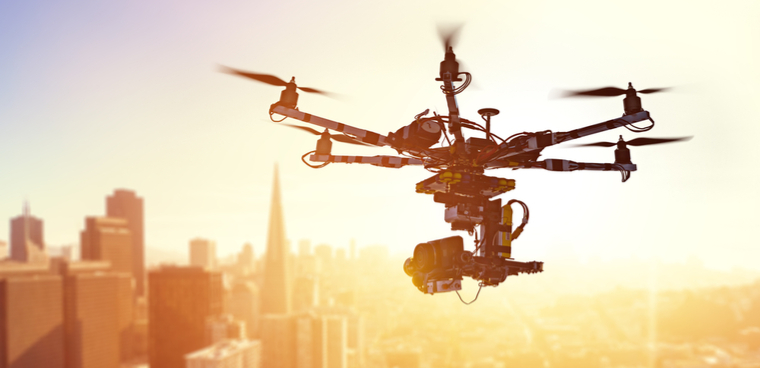ID, traffic management next up for drones

Remote ID capabilities and a low-altitude traffic management system are the next building blocks for drone integration into U.S. airspace, the FAA director told Congress.

Remote identification and a traffic management system for unmanned aircraft are future linchpins to integrate growing unmanned aircraft traffic into the national airspace, the director of the Federal Aviation Administration told a Senate panel on May 8.
FAA Director Earl Lawrence is working on a rule that would eventually require drone aircraft to have a method to identify it when it is beyond the line of sight of the operator. The capability would allow operators to be tracked down if their aircraft winds up in a bad situation.
An Unmanned Aircraft System Traffic Management system to monitor unmanned aircraft flying under 400 feet is also an integral future piece of the framework to integrate smaller unmanned aircraft into the larger U.S. airspace, he said. The UTM would leverage the remote identification capability.
Those two technologies are "the next key" in UAS integration, Lawrence told the Senate Commerce Committee's Aviation Operations, Safety, and Security Subcommittee.
ID capabilities on unmanned aircraft, said Lawrence, must have "universal acceptance" across a variety of agencies and industries to make them effective.
The agency's Unmanned Aircraft Systems Identification and Tracking Aviation Rulemaking Committee released recommendations on remote identification last fall.
However, Lawrence told Sen. Jon Tester (D-Mont.) the agency currently has no timeline to issue the rulemaking.
Tester asked if the current FAA budget was adequate to support the effort. Lawrence responded that his agency was working as fast as it could on the rule with "existing resources."
The FAA, said Lawrence, isn't waiting for the rule to be developed to begin testing remote identification capabilities, however. "We're testing with the UTM" and ensuring support IT can support such capabilities, he said.
An Unmanned Aircraft System Integrated Pilot Program being developed by the Department of Transportation could help define and refine how remote identification might be used in the real world, Lawrence added.
DOT is set to award funding for 10 pilot projects with state and local governments on May 9. States and communities that land pilot program awards would roll out the technology in various ways to test it in every day operations, such how applications such as package delivery via drone or emergency response would work, Lawrence said.
The local trials, he explained, will provide data on everyday particulars, such as whether communities find possibly problematic drone applications -- such as package deliveries 24 hours a day, 7 days a week; or unmanned aircraft flying over schools or parks -- acceptable.
It would also help inform how federal and local government agencies, including law enforcement agencies, might further coordinate oversight of the developing technology that could be used for malicious purposes, he said.
The pilot program was announced by the White House and DOT last October.
NEXT STORY: House mulls revival of shuttered tech office





